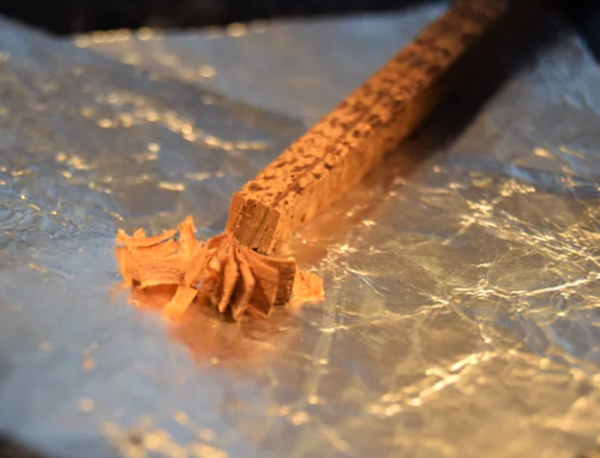Researchers will soon be able to reconstruct the climate of north-west Europe including the UK over the last 4500 years, and to date wooden buildings and objects more accurately, by analysing the chemistry of ancient oak trees, through a new Swansea-led project just selected for €3 million in European funding.
Analysis of tree rings – known as dendrochronology - is an established scientific technique for understanding the past. Tree rings can be examined in living or dead trees, or in objects made of wood, from the beams of a house to the planks of a ship.
The width of the rings indicates how much the trees grew in a particular year, which not only tells us about the climate of the past, but also allows us to date wooden structures and objects from antiquity with extraordinary precision.
However, this approach does not always work well in regions such as the UK and north-western Europe where the climate is mild and rarely limits tree growth. This makes dating challenging and reduces the confidence with which we can use tree-ring width measurements to study the climate of the past.
Read more at Swansea University
Image: The carbon isotopes in trees indicate changes in carbon assimilation for a given year, which in the UK relates to the amount of summer sunshine. The oxygen and hydrogen isotopes record information on the water used by the tree which indicates the amount of summer rainfall and changes in large-scale atmospheric circulation. This evidence from the wood’s chemical signature will enable the Swansea-led research team to date the past and to reconstruct summer climate through time. (Credit: UK Oak Project; Swansea University/Oxford University)


